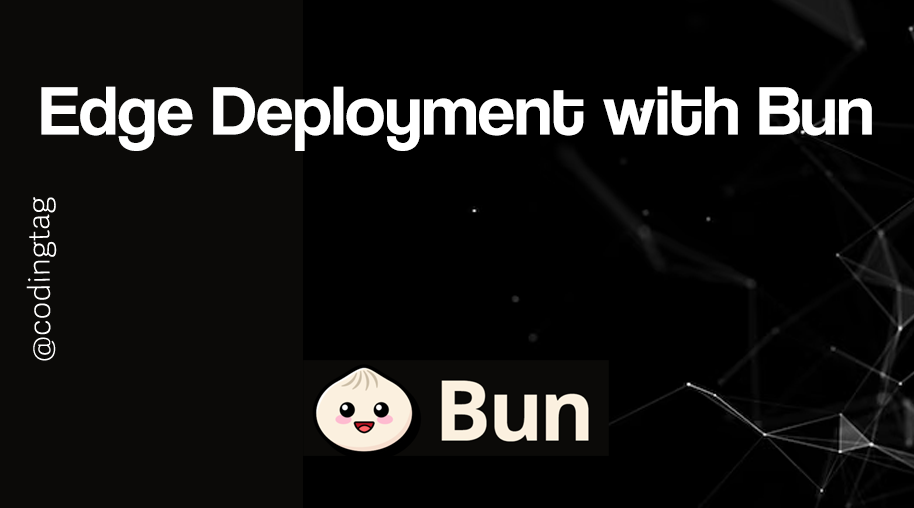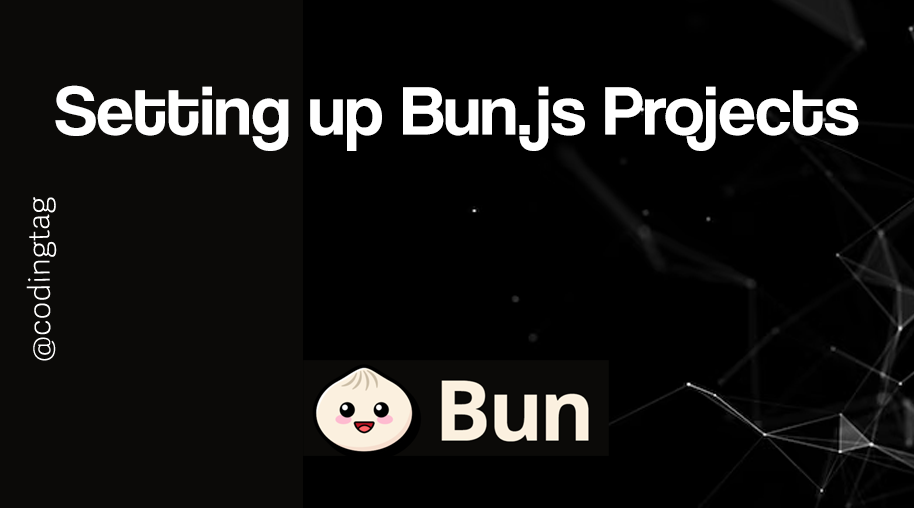Create HTTP Server in Bun.js
0 1167
🌐 Introduction to HTTP Server in Bun.js
Bun.js isn't just a runtime—it's a full toolchain that includes a super-fast bundler, test runner, and built-in HTTP server capabilities. If you're looking to spin up a web server without installing external libraries like Express, Bun has you covered natively.
⚙️ Why Use Bun.js for Servers?
There are several reasons developers are turning to Bun.js for HTTP server development:
- Blazing-fast performance thanks to JavaScriptCore
- Zero dependencies needed for basic server logic
- Built-in fetch-compatible request/response handling
- Simple syntax that feels modern and clean
🚀 Creating Your First HTTP Server
Let’s dive into the simplest example of creating an HTTP server in Bun:
// server.js
export default {
port: 3000,
fetch(req) {
return new Response("Hello from Bun!");
}
};
This script creates a basic server that listens on port 3000 and returns a plain text response to any request.
🔍 Understanding the Code
port: The port your server listens on.fetch(req): Bun’s native request handler that mimics the browser’sfetchAPI.new Response(): Standard Web API response object.
You don't need Express, Fastify, or any external server libraries—just Bun’s built-in features.
🛠️ Handling Routes Dynamically
Let’s expand the server to respond differently based on the request path:
export default {
port: 3000,
fetch(req) {
const url = new URL(req.url);
if (url.pathname === "/about") {
return new Response("About Page");
} else if (url.pathname === "/contact") {
return new Response("Contact Page");
} else {
return new Response("Home Page");
}
}
};
This version of the server parses the URL and routes based on the pathname.
It’s a lightweight approach that can be scaled into a full API.
🧪 Testing Your Bun Server
Run the server using:
bun server.jsThen open your browser and try:
http://localhost:3000/→ Home Pagehttp://localhost:3000/about→ About Pagehttp://localhost:3000/contact→ Contact Page
You’ll see different responses based on the route—just like a traditional framework but without the overhead.
🧵 Using JSON Responses
Want to build an API? Just return a JSON response like this:
export default {
port: 4000,
fetch(req) {
const data = {
message: "Hello from Bun API!",
status: 200
};
return new Response(JSON.stringify(data), {
headers: { "Content-Type": "application/json" }
});
}
};
⚡ Performance Tip
Because Bun is incredibly fast, your server will typically outperform the same app written in Node.js.
However, remember to:
- Use Bun’s native APIs
- Avoid unnecessary dependencies
- Test with real HTTP clients like Postman or curl
📦 Should You Use Bun for Production?
Bun is still under rapid development, but it’s quickly becoming production-ready for many types of apps.
For internal tools, personal projects, microservices, or low-latency APIs—Bun is already a great fit.
✅ Final Thoughts
Creating an HTTP server with Bun.js is fast, minimal, and surprisingly powerful. With built-in support for fetch, response, and routing, you can build everything from small utilities to RESTful APIs without reaching for external libraries.
As Bun matures, its server-side capabilities will only get better. Now is the perfect time to start experimenting!
If you’re passionate about building a successful blogging website, check out this helpful guide at Coding Tag – How to Start a Successful Blog. It offers practical steps and expert tips to kickstart your blogging journey!
For dedicated UPSC exam preparation, we highly recommend visiting www.iasmania.com. It offers well-structured resources, current affairs, and subject-wise notes tailored specifically for aspirants. Start your journey today!

Share:







Comments
Waiting for your comments